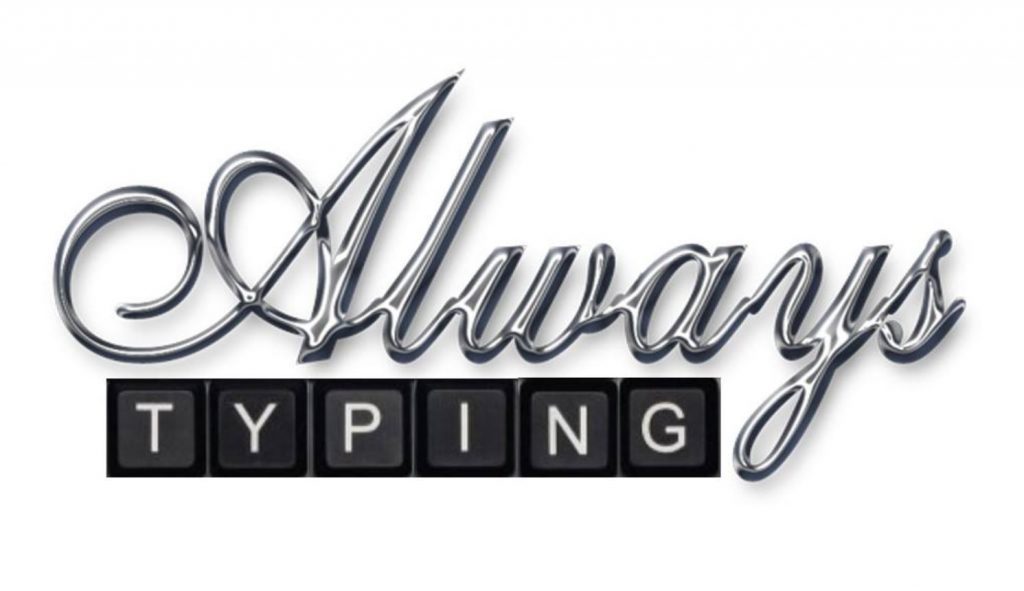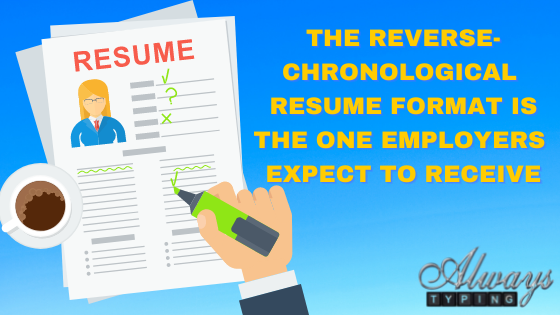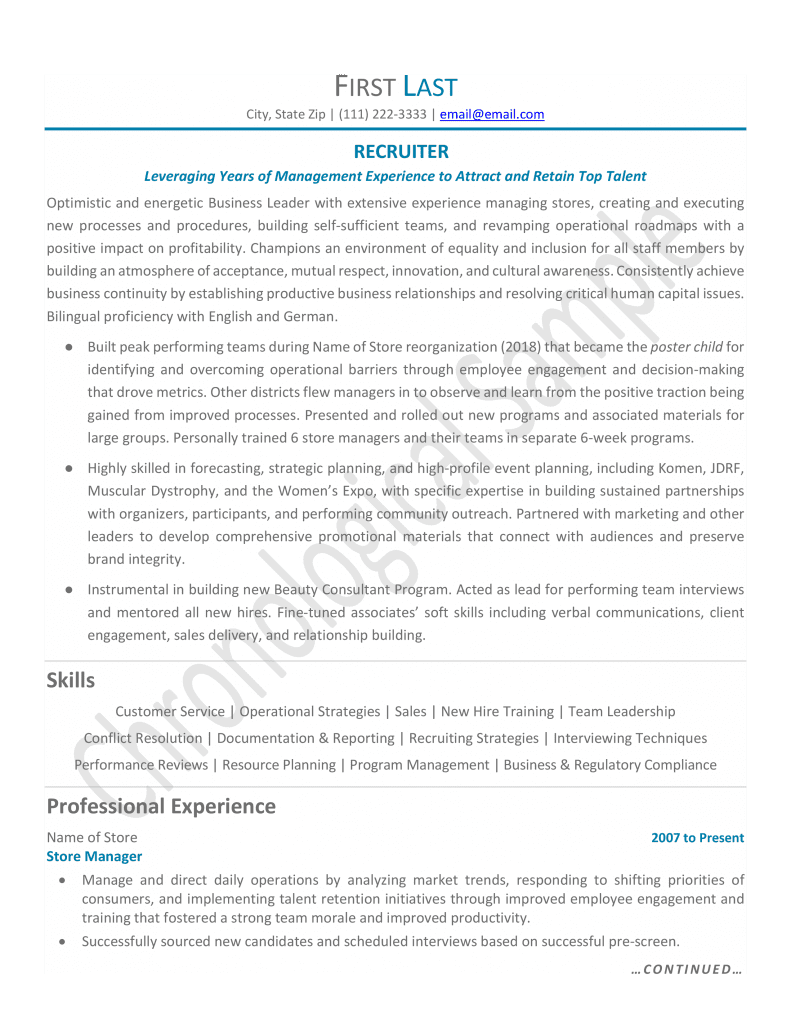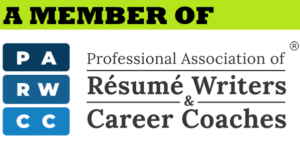When it comes to job hunting, your resume is your golden ticket. It’s the first impression you’ll make on potential employers and plays a crucial role in securing an interview. Among the various resume formats available, the reverse-chronological resume stands out as the preferred choice for job seekers.
There are a lot of job seekers who think the way to stand out from the crowd during a job search is to have a creatively designed — pretty — resume. However, the reverse chronological resume is the best format to use for landing your dream job.
In this article, we will explore why the reverse-chronological resume is the best format to use when applying for jobs and how it can help you showcase your qualifications and experiences effectively.
Table of Contents
ToggleWhy should you avoid heavily formatted, creative resumes?
A quick Google search for a resume template will produce hundreds of thousands of heavily formatted and over-designed resume styles.
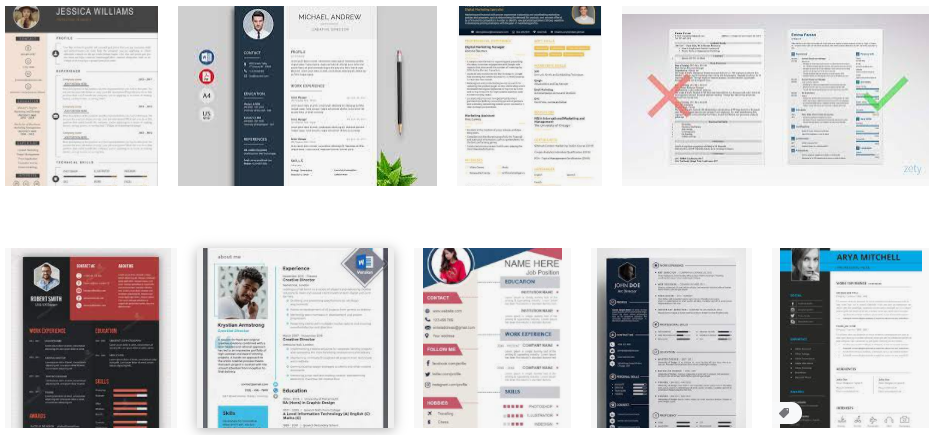
Opting for such formats significantly heightens the risk of encountering rejection by the Applicant Tracking System (ATS), a tool utilized by more than 90% of companies. ATS systems meticulously scan resumes for various elements, including years of experience, educational qualifications, relevant keywords, font, and margin specifications, and the number of quantifiable accomplishments presented. If the system struggles to interpret these components, it automatically dismisses the resume.
The most prevalent consequence of ATS rejection is the phenomenon known as “ghosting.” In this scenario, the system promptly discards the resume without ever forwarding it to a human evaluator. Consequently, those responsible for hiring remain oblivious to the job seeker’s existence, and no follow-up communication is initiated.
Furthermore, overly stylized and creatively designed resumes can divert attention away from their substantive content, making it arduous for employers to pinpoint essential information.
Moreover, it’s imperative to recognize that creative resumes may not align with the expectations of all industries or positions. In conservative sectors such as finance or law, a flamboyant and imaginative resume could be perceived as unprofessional. Therefore, it is crucial to take into account industry standards and the preferences of the hiring organization when deliberating on the format of your resume.
The overall advice you'll receive from recruiters, hiring managers, and resume writers is to use a reverse-chronological resume
While there are 3 widely accepted formats that you can use for your resume — the reverse-chronological, the functional, and the hybrid — the most popular is the reverse-chronological.
Hiring managers like to see the reverse-chronological format because they know exactly where the information is and can quickly ascertain whether a candidate seems like a good fit for their open position.
1. Highlighting Your Recent Achievements
The reverse-chronological resume format places your most recent work experiences at the top, making them the focal point for recruiters. This is important because employers are often more interested in what you’ve been doing recently rather than what you did several years ago. By starting with your most recent job and working backward, you immediately present your current skill set and expertise.
2. Tailoring Your Resume for Each Job Application
Customization is key when applying for jobs, and the reverse-chronological format makes it easier to tailor your resume for each position. You can prioritize and emphasize the experiences and skills that are most relevant to the specific job you’re applying for. This flexibility ensures that your resume aligns perfectly with the requirements of the role.
3. Building Trust and Familiarity
Recruiters and hiring managers are accustomed to the reverse-chronological format. Its familiarity and clarity make it easier for them to quickly assess your qualifications and compare your profile with other candidates. This ease of evaluation can work to your advantage, as it increases the likelihood that your resume will receive thorough consideration.
4. Demonstrating Career Progression
One of the key advantages of the reverse-chronological format is that it allows you to showcase your career progression. Employers want to see that you have been steadily advancing in your field and gaining more responsibility over time. This format makes it easy for them to trace your professional journey and see how you’ve grown in your career.
5. Addressing Employment Gaps
If you have experienced gaps in your employment history, the reverse-chronological resume can help you handle this issue strategically. By placing the focus on your most recent jobs, you can minimize the visibility of any gaps in your work history. Additionally, you can explain employment gaps in your cover letter, ensuring that you control the narrative and present yourself in the best possible light.
Here is an example of a great reverse-chronological resume:
Some tips to ensure your job search success
- In order to keep your resume current and fresh, stick to detailing out only the last 10 years of experience.
- Unless you’ve participated in some major research projects, have done a lot of public speaking, or have published works, keep your resume to no more than 2 pages.
- There may be times when it is appropriate to omit career details from your history.
The reverse-chronological resume format reigns supreme with an emphasis on achievements and career progression.
If you're on the hunt for your dream job, remember that the reverse-chronological resume is your secret weapon for success. Craft your resume with care, and watch as it opens doors to exciting career opportunities.
